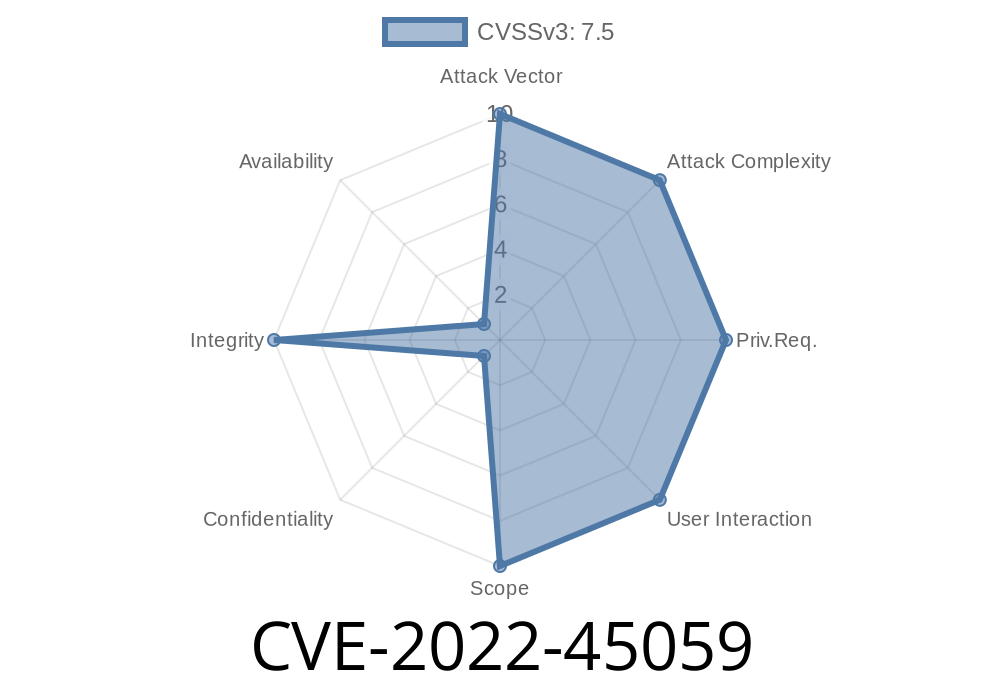The world of cybersecurity is ever-changing, and software systems consistently require updates to maintain their integrity. Recently, an issue has been discovered in Varnish Cache, a prominent HTTP accelerator that enhances the performance of web applications. The vulnerability in question pertains to Varnish Cache versions 7.x before 7.1.2 and 7.2.x before 7.2.1, and it allows for a request smuggling attack to be executed. This article aims to detail this vulnerability, the risks associated with it, and the measures that can be taken to mitigate them.
Exploit Details
CVE-2022-45059, the identifier for this vulnerability, involves a request smuggling attack on Varnish Cache servers. By requesting specific hop-by-hop headers, attackers can manipulate the way Varnish Cache servers forward critical headers to the backend. This enables them to bypass security controls, inject content into user sessions, and even compromise backend servers.
References
- CVE-2022-45059 in the National Vulnerability Database
- Varnish Cache Security Advisory
This code snippet illustrates how an attacker might exploit the vulnerability in question
POST / HTTP/1.1
Host: vulnerable.example.com
Content-Length: 43
Transfer-Encoding: chunked
Connection: keep-alive
GET /sensitive-data HTTP/1.1
Host: vulnerable.example.com
...
In this example, the attacker sends a POST request with both the Content-Length and Transfer-Encoding headers, creating ambiguity in the message framing. Due to the vulnerability, Varnish Cache might forward the request to the backend server without properly sanitizing the headers, allowing the attacker to smuggle a subsequent malicious request, such as the "GET /sensitive-data" request shown above.
Mitigation
To address this vulnerability, users of Varnish Cache should update their system to version 7.1.2 or 7.2.1, as these newer versions contain patches that effectively eliminate the risk of request smuggling attacks.
Additionally, as stated in Varnish Cache's security advisory, users can add the following code snippet in the VCL (Varnish Configuration Language) file, specifically in the vcl_recv subroutine:
if (req.http.Connection ~ "(?i)keep-alive") {
unset req.http.Connection;
}
This code ensures that the Connection header is sanitized, eliminating the possibility of request smuggling attacks.
Conclusion
In conclusion, it is important to stay up-to-date on software updates and security advisories for the tools and systems that you rely on. The recent discovery of CVE-2022-45059 illustrates the importance of maintaining a secure and updated environment. By taking the necessary precautions, such as updating Varnish Cache and implementing proper configurations, organizations can substantially reduce the risks posed by vulnerabilities like this one. Stay vigilant, and don't forget to regularly update and secure your systems!
Timeline
Published on: 11/09/2022 06:15:00 UTC
Last modified on: 12/02/2022 22:45:00 UTC
